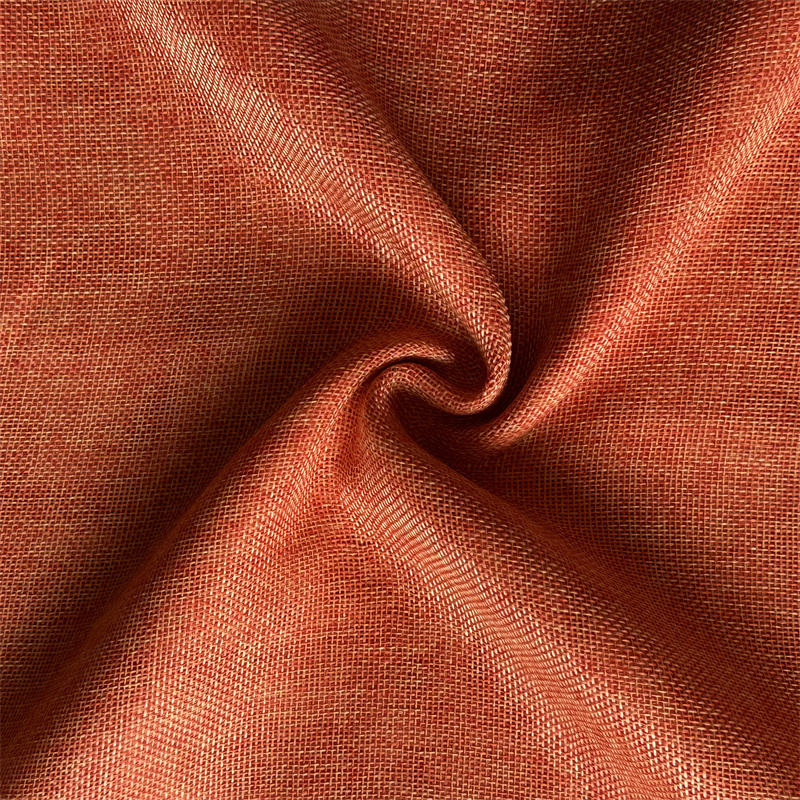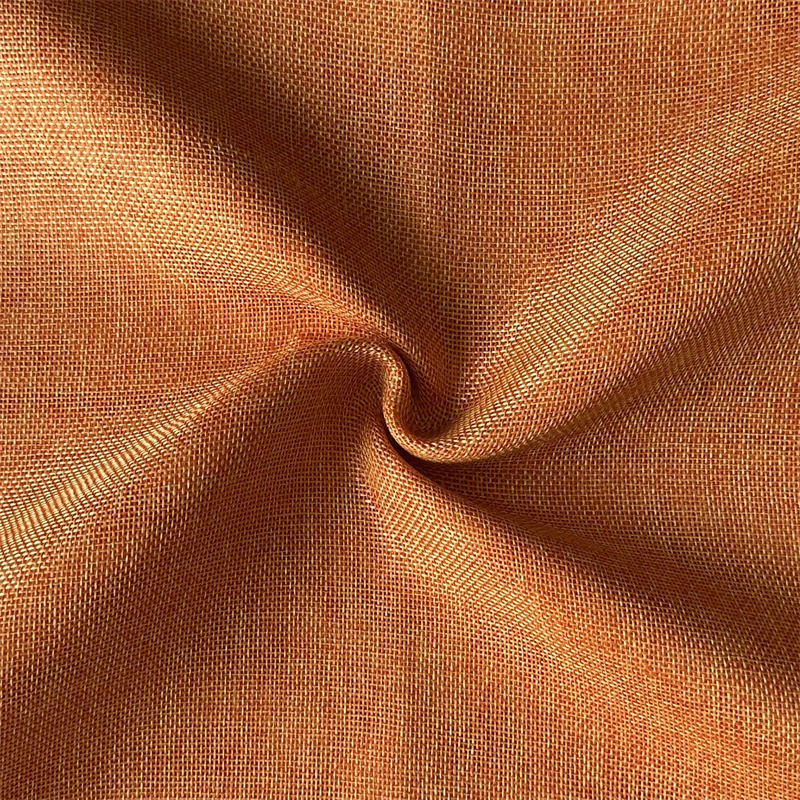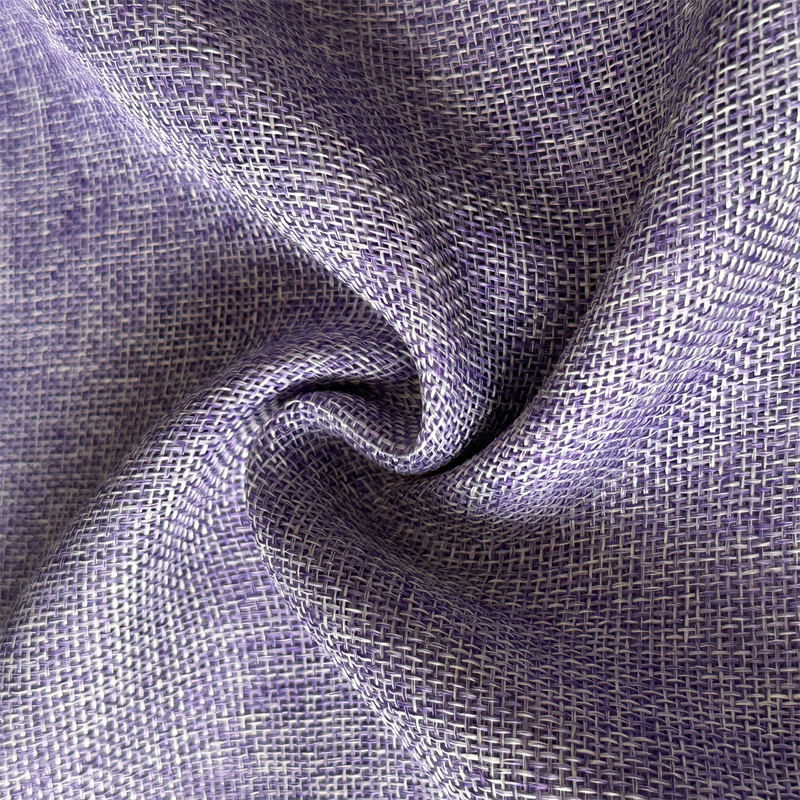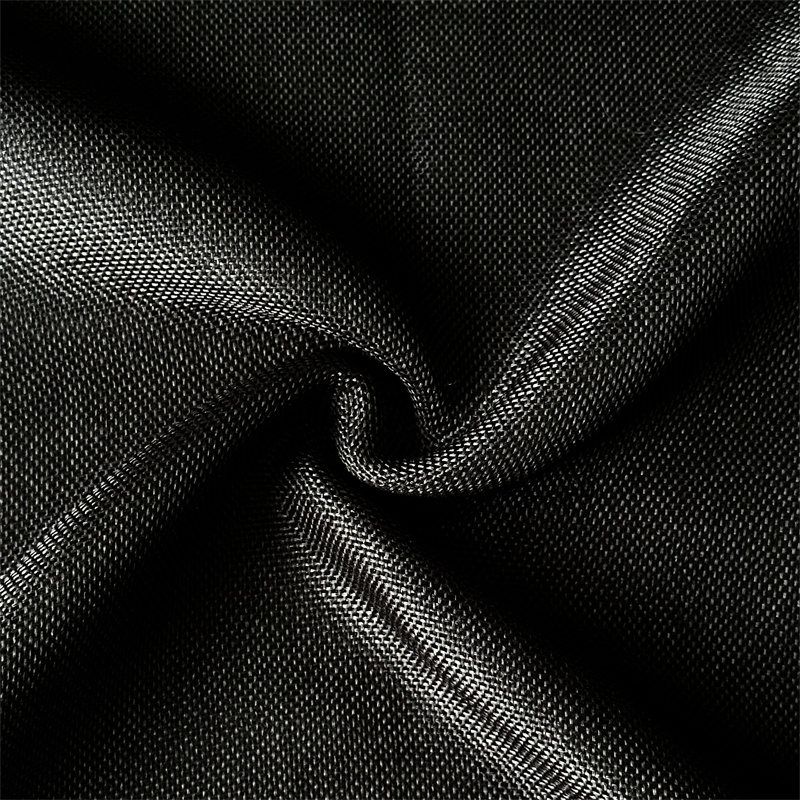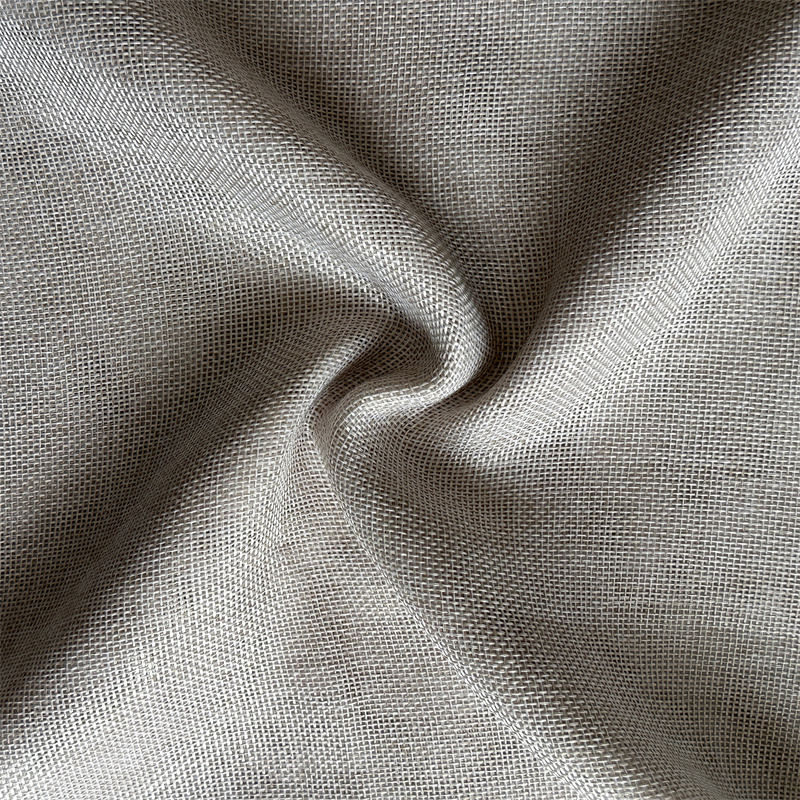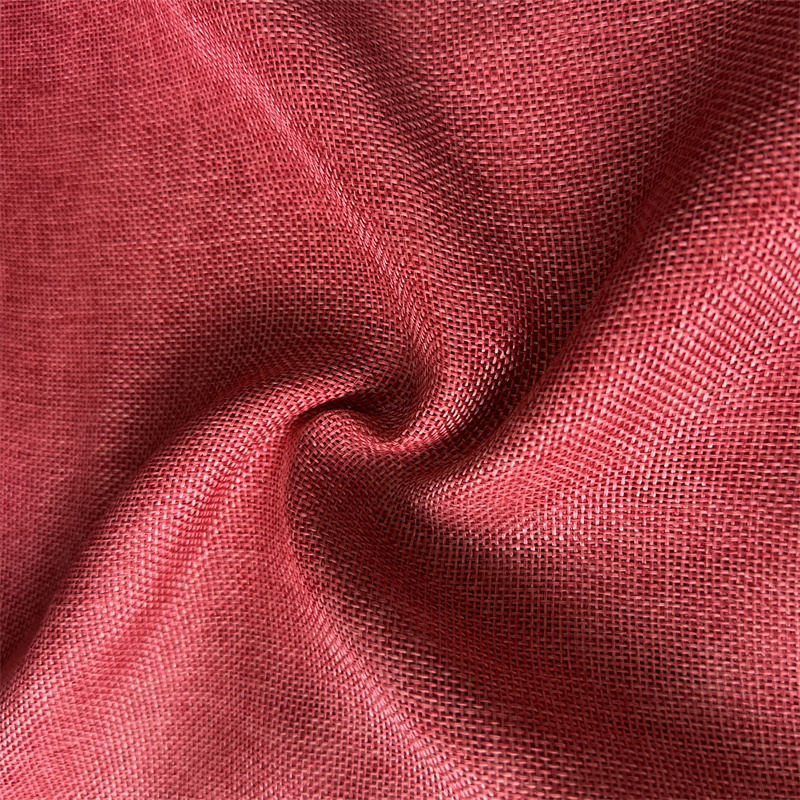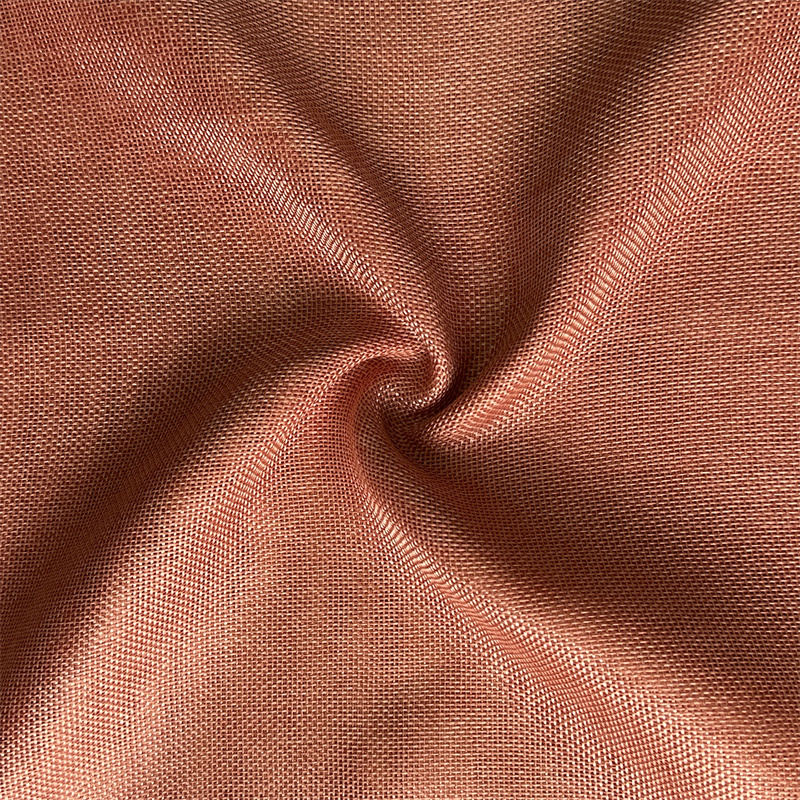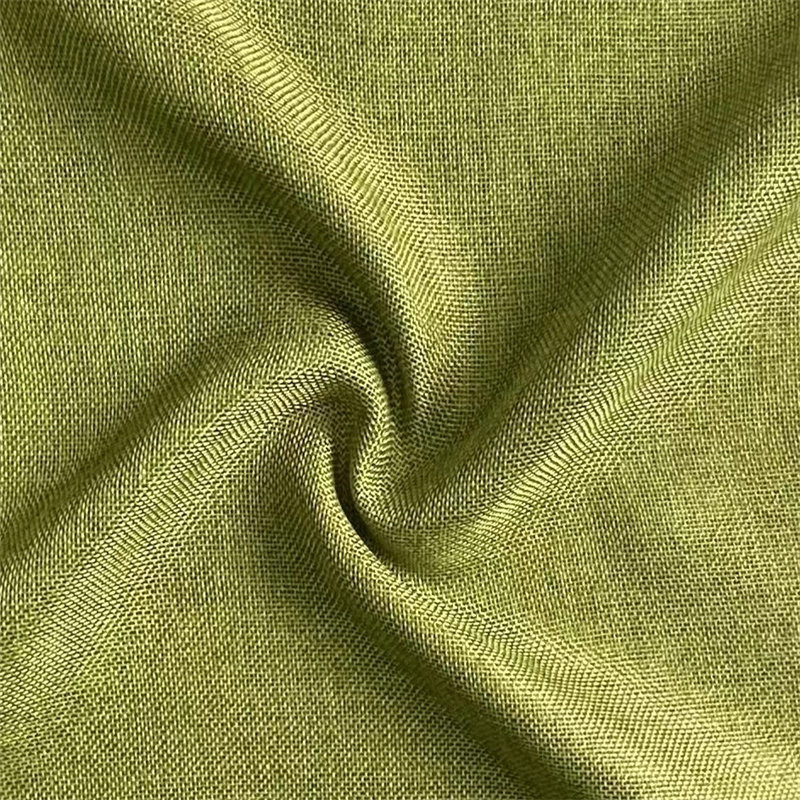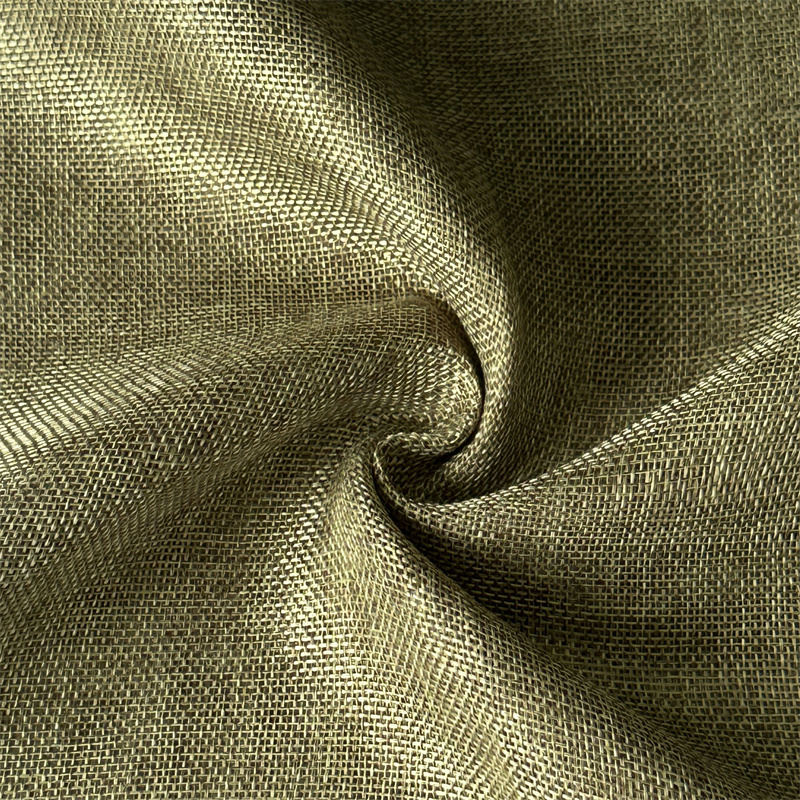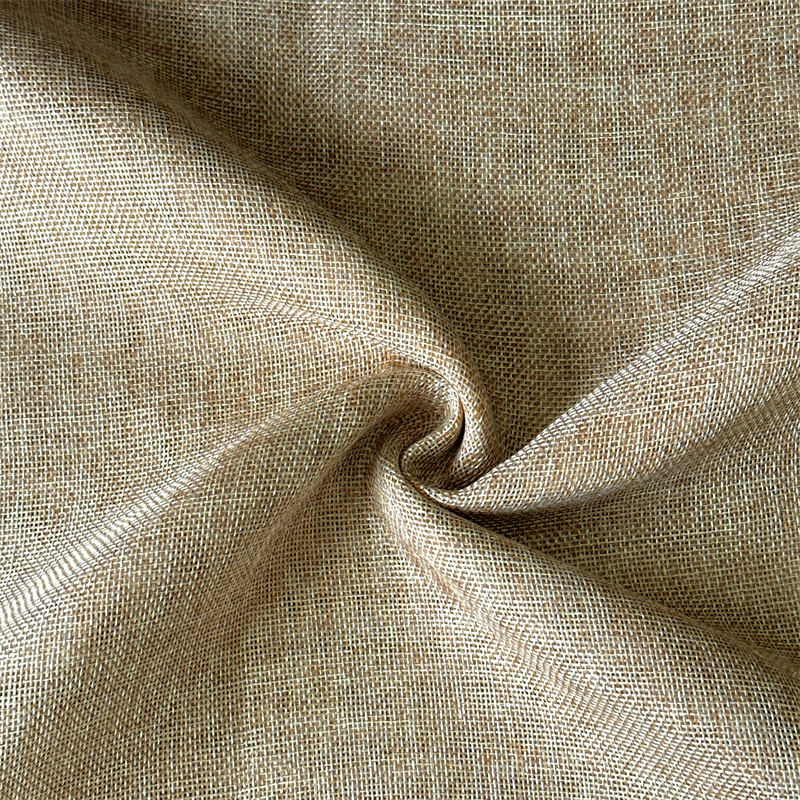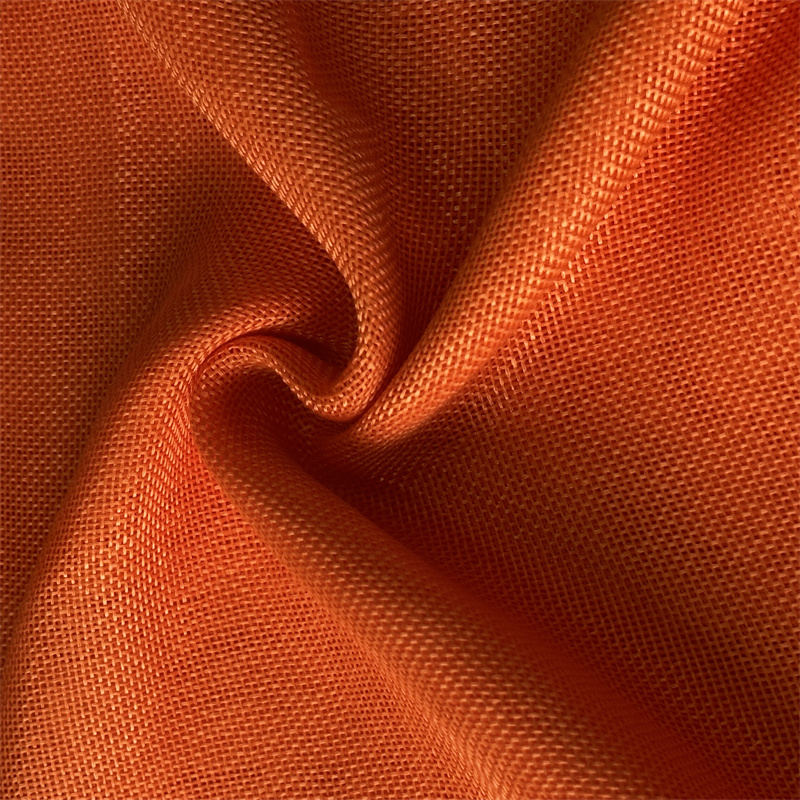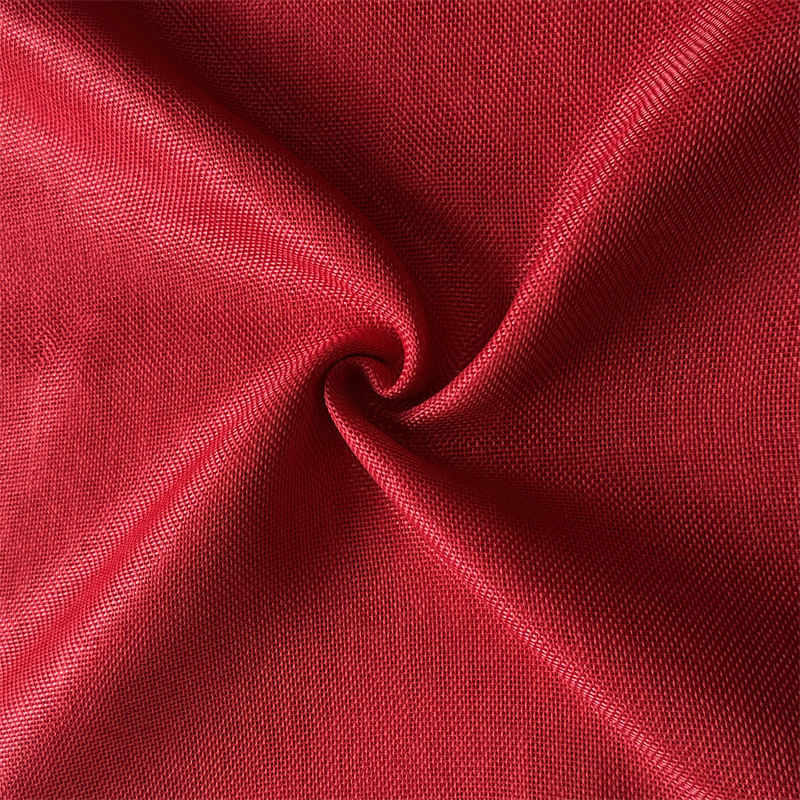Jacquard Fabric has become one of the important materials in the textile industry with its complex patterns and exquisite craftsmanship. This fabric uses special weaving technology to directly integrate the pattern into the fabric, without the need for subsequent printing and dyeing, showing a three-dimensional sense and unique texture.
The origin of jacquard fabric can be traced back to the early 19th century, when French inventor Joseph Marie Jacquard invented the jacquard loom. This revolutionary loom controls the interweaving of warp and weft through punched cards, realizing the automated weaving of complex patterns.
The jacquard loom greatly improved the efficiency of fabric production and is an important milestone in the history of textile machinery.
It promoted the transformation of textiles from monotonous practicality to artistic development.
Jacquard fabric was favored by the nobility in Europe, and later gradually spread to all parts of the world, becoming a representative of high-end fabrics.
The production process of jacquard fabric combines the dual innovation of machinery and design.
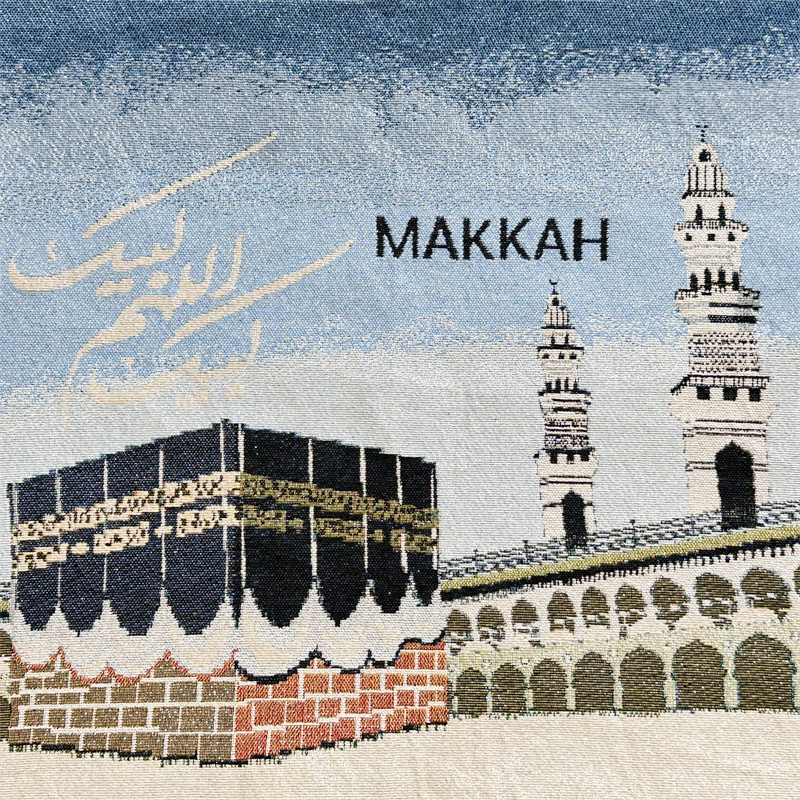
Designers use computer-aided design (CAD) software to generate complex patterns or geometric patterns, which are then converted into weaving instructions.
Modern jacquard looms are based on electronic control systems, which precisely control the interweaving of each warp and weft yarn according to the design pattern.
The loom weaves the yarn according to the set program, building the pattern and fabric structure layer by layer. Natural fibers (such as cotton and silk) or synthetic fibers (such as polyester) are used as raw materials.
After the fabric is woven, it can be anti-wrinkle, waterproof or other functional treatments to improve practical performance.
The pattern of jacquard fabrics is formed by interweaving fibers, showing a distinct concave and convex texture and a strong visual impact.
Because the pattern is part of the fiber structure rather than a surface print, jacquard fabrics are more washable, wear-resistant, and not easy to fade.
From traditional floral and geometric patterns to modern personalized designs, jacquard fabrics can meet different aesthetic needs.
Jacquard fabrics are delicate and soft to the touch, and are often used as luxury home decoration or high-end fashion materials.
By selecting specific fiber materials, jacquard fabrics can achieve functions such as moisture absorption and breathability, antibacterial and deodorizing, or UV protection.
Dresses and evening wear: Jacquard fabrics are often used in high-end dresses, wedding dresses and evening gowns, and are loved by designers for their exquisite patterns and gorgeous texture.
Daily wear: Incorporate jacquard elements into shirts, jackets and other clothing to add a sense of fashion.
Curtains: Jacquard curtains can not only decorate the room, but also have good light-shielding and sound-proofing effects.
Sofa fabrics: Add texture to furniture and enhance the overall home taste.
Bedding: Such as bedspreads and pillowcases, providing comfortable touch and visual enjoyment.
Wall decoration: Jacquard wall cloth can replace traditional wallpaper and add an elegant atmosphere to the interior space.
Carpets: Jacquard carpets are wear-resistant and beautiful, making them an ideal choice for luxurious places.
The precise design of jacquard fabrics makes them suitable for automotive interiors, smart textiles, and functional fabrics such as industrial fabrics for filtration.
With the advancement of electronic technology, modern jacquard looms are becoming more and more intelligent, and production efficiency and pattern complexity are constantly improving. Consumer demand for environmentally friendly materials is growing, and the use of recycled fibers and low-carbon production processes will become the future direction of jacquard fabrics.
The combination of jacquard fabrics and emerging technologies such as smart fabrics and functional fibers is expanding its application in fashion and industry. The flexibility of jacquard technology makes customized production possible to meet consumers' demand for unique designs.
Jacquard Fabric has become an indispensable material in fashion, home and industry with its complex craftsmanship and diverse designs. From high-end clothing to daily home furnishings, jacquard fabrics not only enhance the artistic value of products, but also promote the development of the textile industry through technological innovation. With the continuous improvement of production technology and the increasing diversification of market demand, jacquard fabrics will occupy a larger share in the global textile market and continue to lead the industry trend.


 中文简体
中文简体 Español
Español